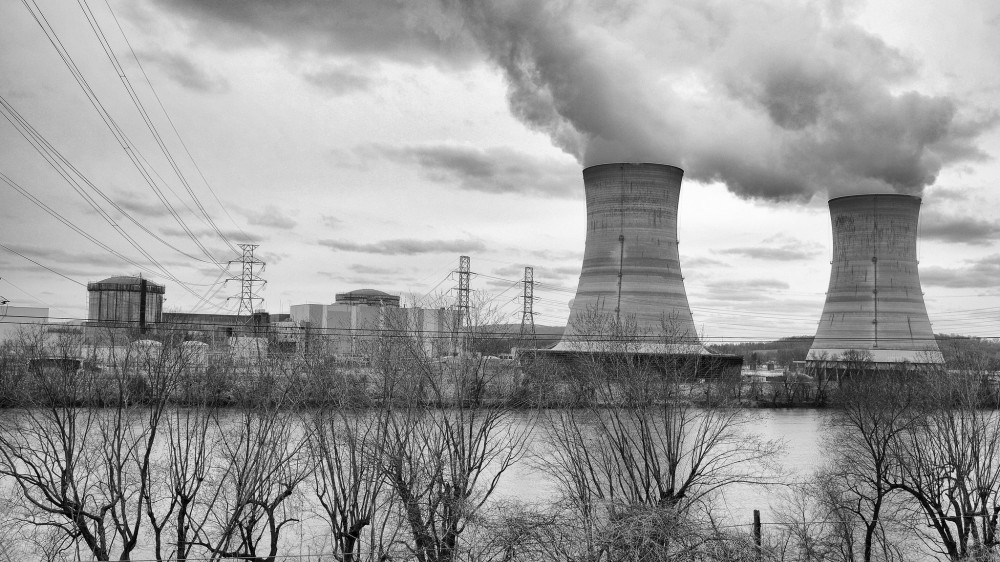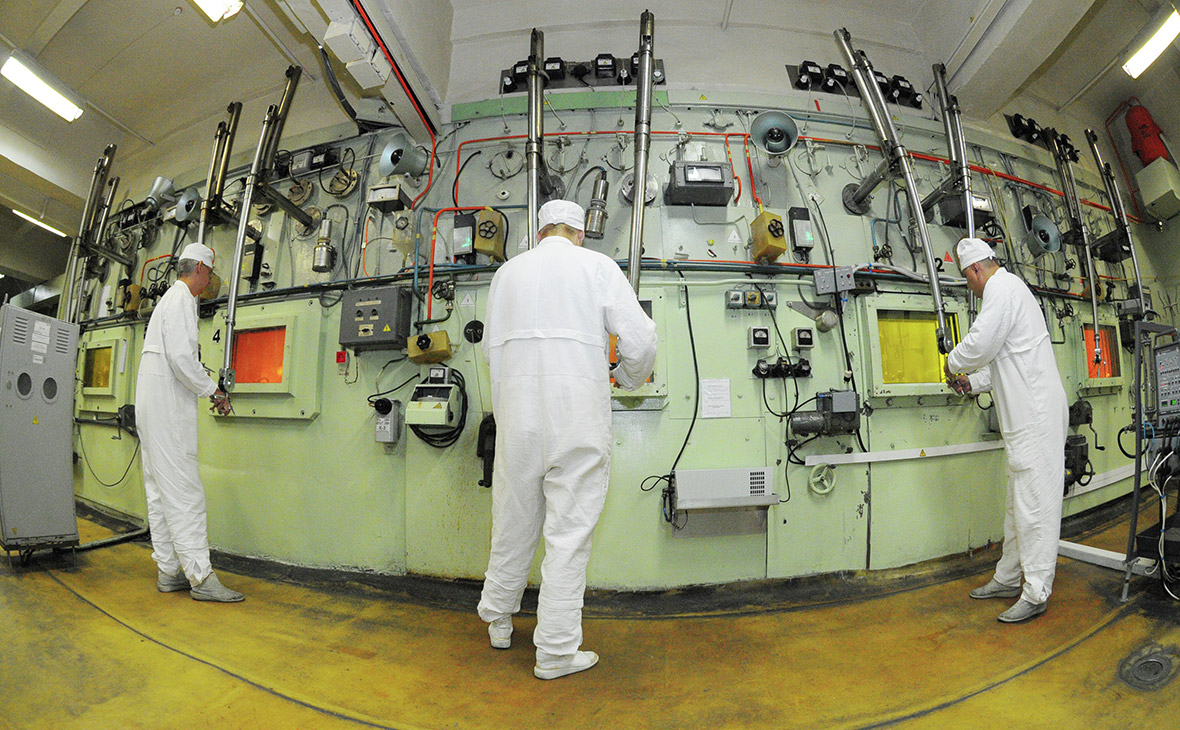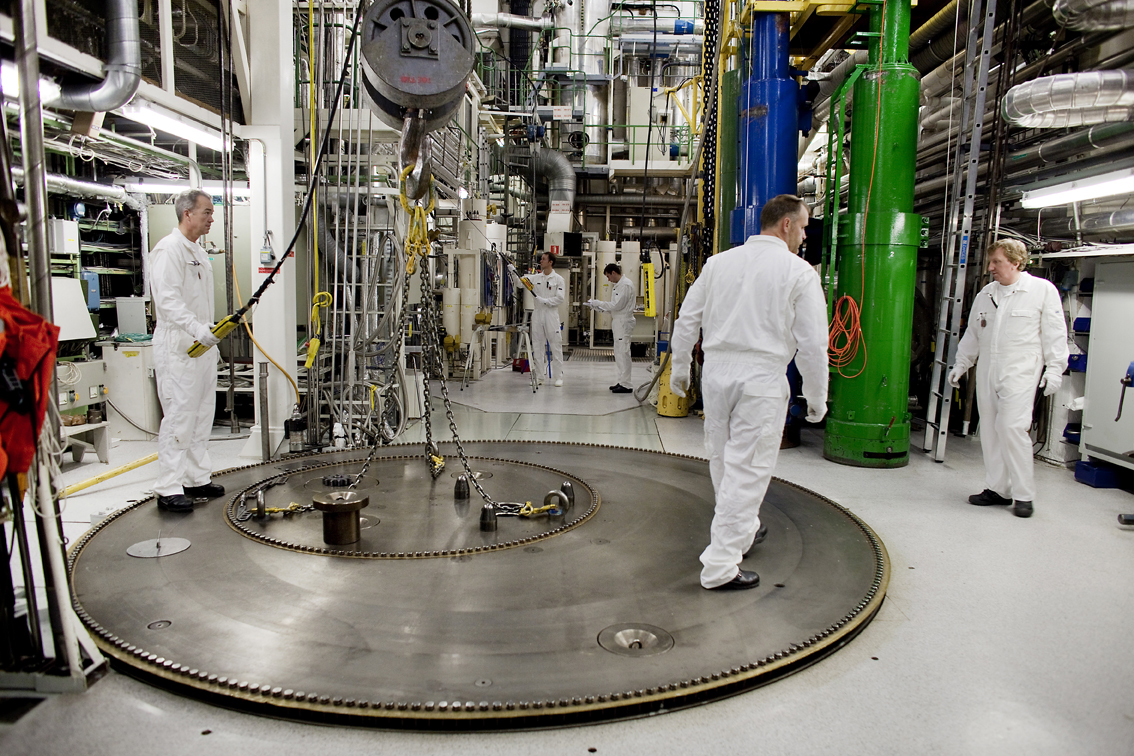Radioactive leak detected in Europe may be affected by a Norwegian plant
- In February, a leak of radioactive iodine was detected in Europe, from Finland to the Basque Country, in the belief that the traces that the authorities initially failed to explain to the population were too weak. Although it was initially considered the result of the escape of one of the weapons or nuclear power plants of the Russian army, now some experts have begun to associate it with the accident that occurred last October at the Halden plant in Norway.

The Barents Observer aired the news on February 19: "The iodine that has been detected in Europe was measured for the first time during the Refinement and made public by France, but the Norwegian authorities say the discovery is not large enough to be news." The first clue was found in Finland on January 30th and in the Basque Country on February 17th, and the public knew nothing until they realized it in France on February 18th and decided to let the public know. Although it was mentioned by some people who follow nuclear issues in the following days, it did not have an echo in the media, although the news offered important data, as well as a map prepared by the French Nuclear Safety Agency, which shows that traces of 131-iodine were also found in the Basque Country. Three weeks later, the serious media have also begun to spread the echo of the news, as is done today by La Vanguardia de Barcelona, confirming certain points that until then were considered sensationalist, such as the fact that the United States had sent a plane to Europe in those days specializing in the surveillance of radioactive leaks.
With 131-iodine, experts are convinced that it is a matter of an accident that is happening right now, or a very recent one. But which and where? The discovery of the first traces in Finland raised suspicions of a leak of atomic weapons that have been submerged in the Arctic Sea by a Russian nuclear power plant or its army. On the other hand, Nils Bøhmer, the director of the antinuclear association Belona, has linked it to the Norwegian nuclear plant Halden, which suffered an accident last October. On 24 October and the following days, Halden employees were forced to spill radioactive iodine through the ventilator system due to problems in handling the reactor’s nuclear fuel.
Although the Norwegian security agency initially said the situation was not unusual, it later had to acknowledge that the reactor was "in a really special situation." The head of Belona warns: "From the authorities' explanations, it must be concluded that temperature fluctuations have been found in the main reactor vessel and an increase in radiation in the central core, with the risk of hydrogen accumulation. Belona wants to remind us that it was precisely this, the accumulation of hydrogen in the core of the reactor, that caused the explosions of the Fukushima nuclear power plant in March 2011." The workers at the Halden plant have an uncontrollable situation on their hands: if the ventilating windows are opened to alleviate the problems of the reactor, radioations from the air will spread, generating alarm among the population due to contamination; but if the windows are closed, they will accumulate hydrogen and increase the risk of explosion of the reactor.

Londrestik Tokyora, Paris eta Madrilen barrena, ugariak izan dira 2011ko martxoaren 11 ilun hartan Japonia azpikoz gain jarri zuten hondamendien oroitzapenezko ekintzak. Urtetik urtera oihartzun gutxiago dutenak, hori ere egia. Hondamendiaren orbanak erraz ahazten baitituzte... [+]
Egunak aurrera joan ahala, nabarmenagoa da irail amaieraz geroztik Europa zeharkatu duen laino erradioaktiboari buruzko informazio falta. Errusiatik iritsi dena ziurtzat jota, isuriaren jatorriaz hipotesiak zabaltzen ari dira. Eta herritarren osasuna zaintzeko ardura duten... [+]
Errusiak dio bere ezein zentral atomikok ez duela matxurarik izan, baina Frantzia eta Alemaniako segurtasun nuklearreko agentziek erakutsi dute handik iritsi dela Europan zehar urri hasieran hedatu den laino kutsakorra, Rutenio-106 zeraman. Publiko zabalaren oharkabean pasa den... [+]


















